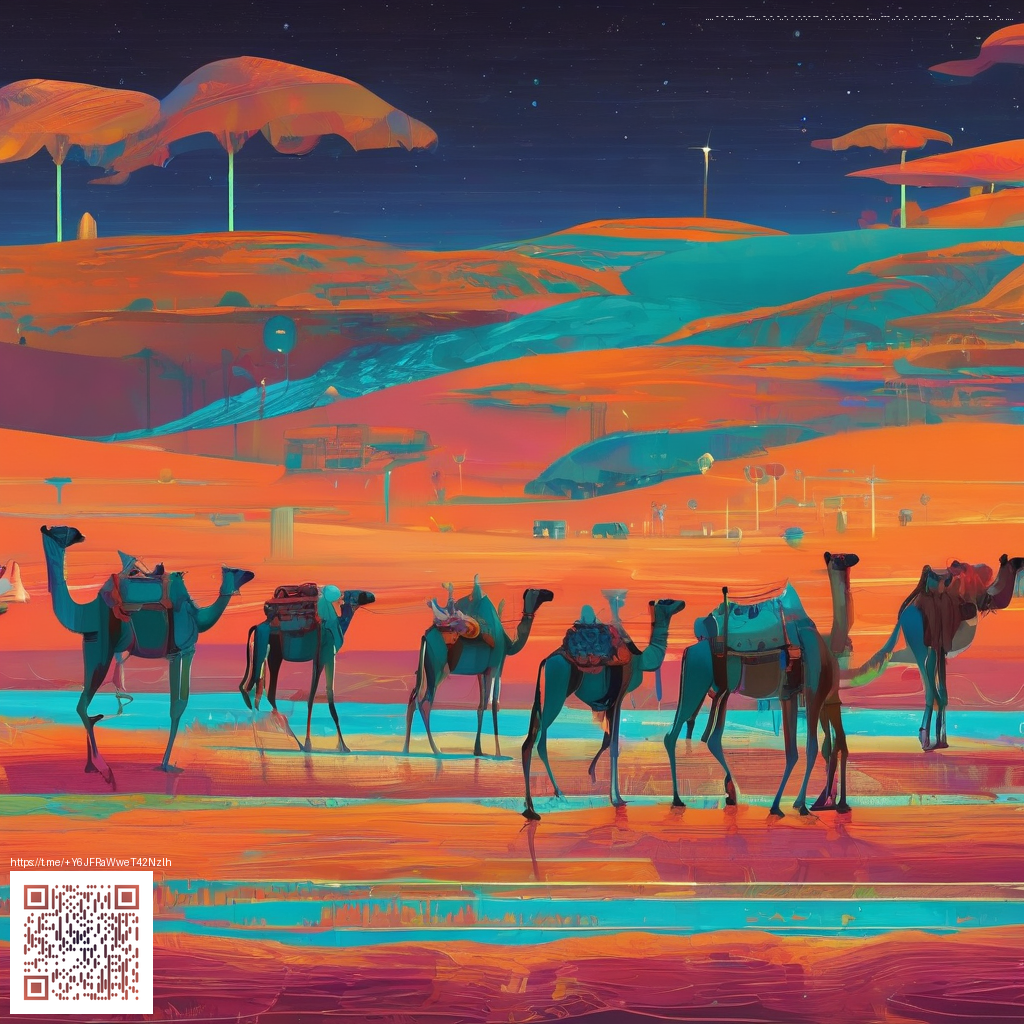
From Splicers to Spotlight How a BioShock Remastered Film Could Capture the Remastered Experience
The debate about turning games into films has never felt more alive than in the era of high fidelity remasters. BioShock Remastered sharpens the city of Rapture with brighter textures, richer lighting, and a pulse that leans cinematic from the first dive. This makes it a prime case study for how a gutsy adaptation could translate a non linear, atmosphere driven adventure into a compelling movie experience. The remaster texture work offers a clear blueprint for production design, color grading, and creature design that could translate to a vivid screen presence without losing the core mood that defined the original.
What makes a BioShock like a cinematic property is not just its striking visuals but its capacity to tell a morally thorny story through environment. The city itself acts as a character, with its luxury ruins, fallen ideologies, and constant hum of decay. Translating that to film invites a conversation about pacing and perspective. A director can lean into the city as narrator, guiding the audience through layers of history while a central protagonist grounds the emotional journey. The remastered edition provides a more tangible palette for that translation, enabling striking set pieces that feel earned rather than staged.
Gameplay analysis and cinematic translation
BioShock centers on exploration, resource management, and high impact moments rather than button mashes. Plasmids and tonics offer a toolkit that reshapes encounters, much like cinematic action choreography that highlights character and stakes. In visual terms, the Big Daddy is a showpiece vessel: imposing, mysterious, and emotionally charged through its protector role. The remaster’s improved lighting and texture fidelity heighten every moment of suspense, turning simple corridors into potential suspense sequences and turning big set pieces into visual statements of power and consequence.
One challenge for a film is the game’s open spirit. The original rewards curiosity with audio diaries, hidden rooms, and non linear paths that accumulate meaning through play. A cinematic adaptation must choose a narrative spine either by presenting a canonical arc or by weaving a structured sequence of flashbacks and discoveries. Whichever route is chosen, the film can preserve the sense of exploration by letting the city’s architecture guide the audience, from vertigo inducing staircases to claustrophobic maintenance tunnels that feel alive with history.
Storytelling dynamics and narrative framing
The heart of BioShock lies in its atmosphere and the ethical weight of choices rather than a singular villain arc. The world asks questions about power, control, and personal responsibility, all of which translate well to a filmic thesis. In a feature length adaptation the narrative could center on a tightly watched viewpoint—perhaps a journalist or a researcher—whose observations stitch together the city’s lore. This frame preserves the sense of mystery while ensuring the audience experiences a coherent progression. The remaster’s refined visuals help convey mood with minimal exposition, allowing performances and sound design to carry the subtext.
Dialogue and environmental storytelling can strong arm the audience toward interpretation without losing cinematic clarity. Recordings, logs, and encoded messages function as a narrative chorus that echoes the game’s philosophy. A well paced screenplay can balance the wonder of discovery with the gravity of ideology gone awry, delivering a film that feels both faithful and fresh to newcomers and longtime fans alike.
Community voices and modding culture
The community has long debated how faithful a film adaptation should be to a game that thrives on player choice. The remastered edition fanned those conversations once again, reminding everyone that atmosphere can be a protagonist in its own right. Fan projects and discussions often explore alternative tonal directions, from darker psychological thrillers to stylish neo noir. Modding culture around the remaster demonstrates a shared longing to push the boundaries of the city’s visuals and behavior, offering a living laboratory for what a screen facing production could attempt. Those outward looking, collaborative energies can guide producers toward a respectful yet innovative adaptation that honors the source while inviting new voices into the process.
Update coverage and the remaster as a springboard
BioShock Remastered landed with upgraded textures, modernized lighting, and streamlined performance, making the world feel more tangible and easily legible on current hardware. This technical lift is more than cosmetic; it lowers barriers for production design teams to visualize how the city would look on screen, from metallic surfaces to the glow of plasma based powers. For filmmakers, the remaster provides a richer visual canon to plan color schemes, camera work, and practical effects. It also demonstrates the industry wide appetite for revisiting classics with contemporary polish, a trend that increases the likelihood of a confident adaptation that respects the original’s tone while embracing modern storytelling tools.
Developer commentary and the cinematic promise
The original creators built a universe that rewards curiosity and moral reflection. While the interactive loop between player decisions and outcomes is unique to games, the underlying themes remain richly cinematic. A thoughtful director can maintain the ethical tension without sacrificing narrative clarity. The remaster offers a more legible visual language to convey mood, scale, and danger, which can help a film convey the city under pressure with cinematic precision. The key is to treat Rapture as a character whose architecture, artifacts, and ambience speak volumes even when dialogue is scarce. When done right, the resulting film could feel like stepping into a living painting that still invites interpretation and wonder.
More from our network
- NFT stats Pechi 902 from Pechi NFT collection
- How to find hidden Easter eggs in Elite Dangerous right now
- NFT data SolidSkulls 1889 from SolidSkulls collection on Magiceden
- NFT data Vegeta 724 from Vegeta NFT collection on Magic Eden
- Advanced card advantage with Tidehollow Sculler Hand Exile demystified